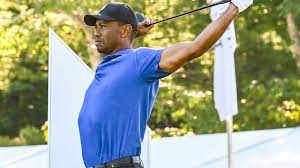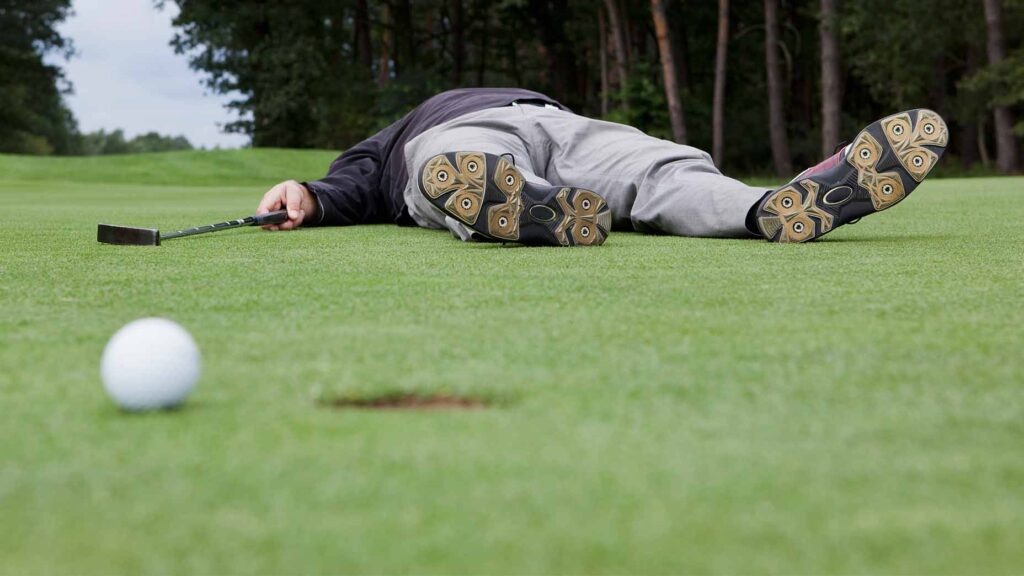That’s a pretty bold statement when Greens In Regulation and Putting can destroy par for every hole you play. But when you think about it, you will realize that your perfect drive gives you the right frame of mind and the perfect position to hit more Greens In Regulation and closer to the pin for more 1 putt greens. Charlie Woods is the perfect inspiration for all of us.
Tiger and Charlie Woods placed 5th in the PNC 2023 Championship. They didn’t beat the Langers but their successes should be a great inspiration for all golfers. 14-year-old Charlie is driving as far as most pros. His 320-yard drive (may have been wind assisted) and driving the green on a dogleg par-4 are both very impressive. His successes gave the Woods team a chance to win and it also showed us that every golfer can develop the skill to hit perfect long drives.
A recent Performance Golf blog described how a golfer weighing less than 120 pounds can outdrive his competition. Size and muscle mass help but there are 3 key factors for driving success:
1/ Swing Speed: Exercise and training are all up to you. Obviously, Charlie has a support team including his father who inspire him to spend time on the right exercises and the right swing skills to execute the right release through the ball. If you can swing the grip end of your club through the Impact Zone with a whooshing sound, you can build up strength to do the same with all of your clubs. Head speed at the point of impact is critical to create distance.
2/ Generate Speed in the Impact Zone: We all need to use our wrist release and whipping action through the Impact Zone to generate more club head speed for our drives. Your release is critical but if you can’t square the face of your club and impact with a swing up your target line you will always add unwanted side spin, undercut spin and top spin that will hurt the success of your shots. That’s why you need factor #3.
3/ The Right Swing Thought: The recent Performance Golf blog reminded us about the single most important swing thought that Jack Nicklaus and many other successful golfers use. Of course, they line up their shot and choose a point directly on the target line just in front of their ball. But they also focus on a straight arm release directly after impact on their target line. The pros all setup to ensure that their driver path is on the upward swing during impact and a downward swing with their irons during impact. In all cases they are swinging THROUGH THE BALL to finish in a balanced position and to watch the wonderful flight of their ball.
If you don’t hit a long accurate drive you will not get close enough to the green for your confident approach shots. That’s why your drive counts for 50% of your success on every hole. Practice with GOLFSTR+ to improve your shots with ever club in your bag. Buy one today at www.GOLFSTR.com
Golf opinions researched by GOLF blog: #5. “Public courses should raise their prices by $1 each round and use that money to hire competent Marshalls and cart attendants.” Do you agree?













